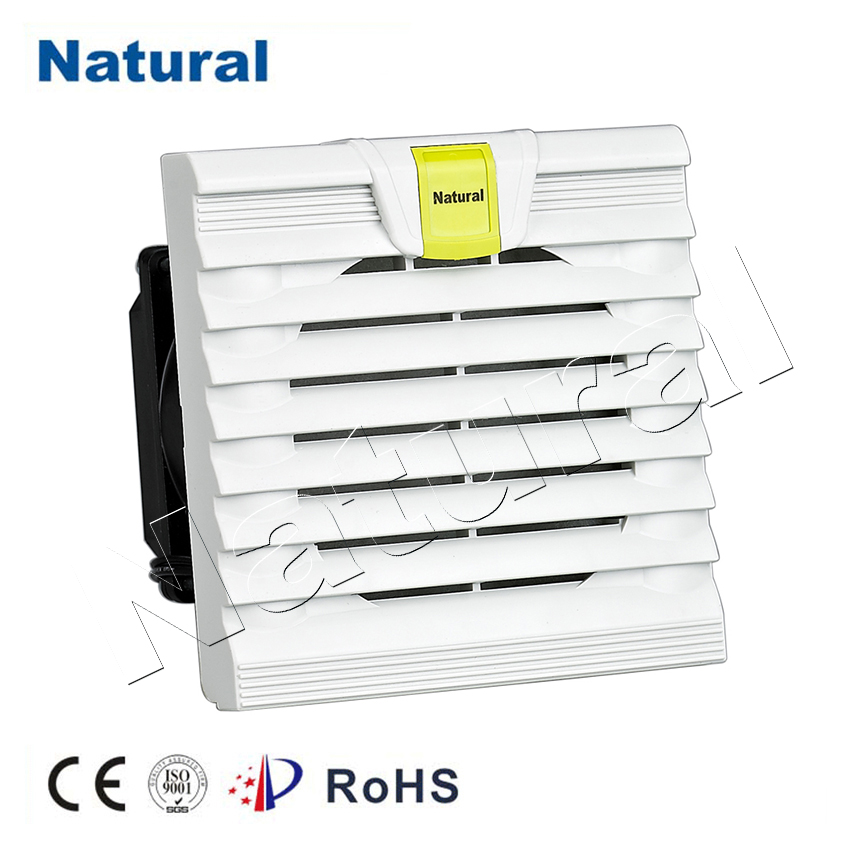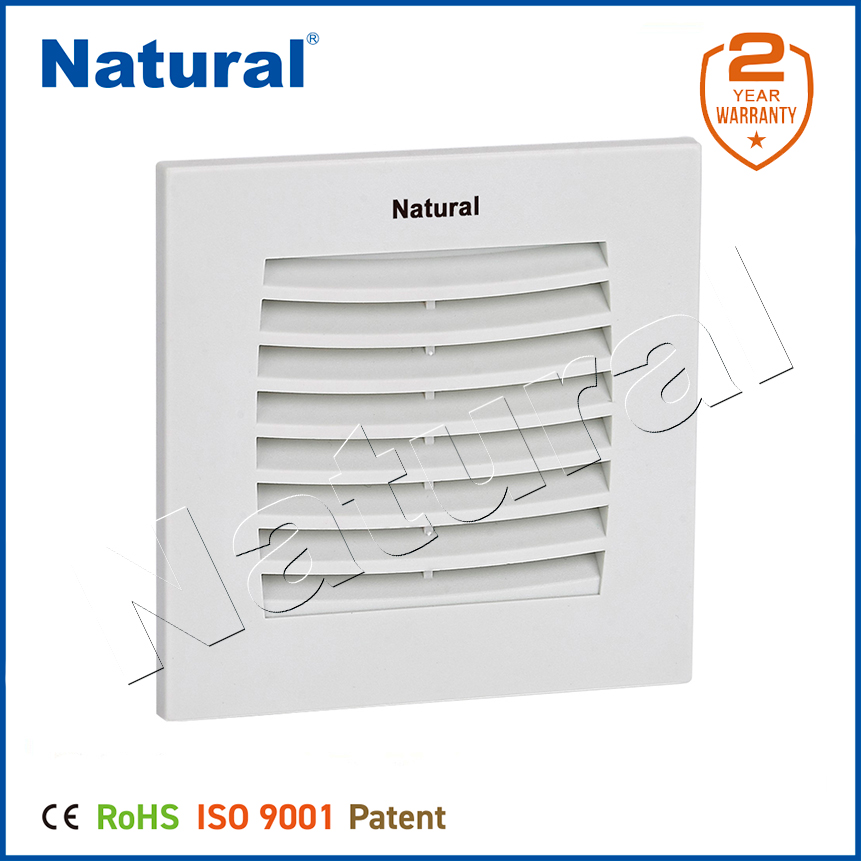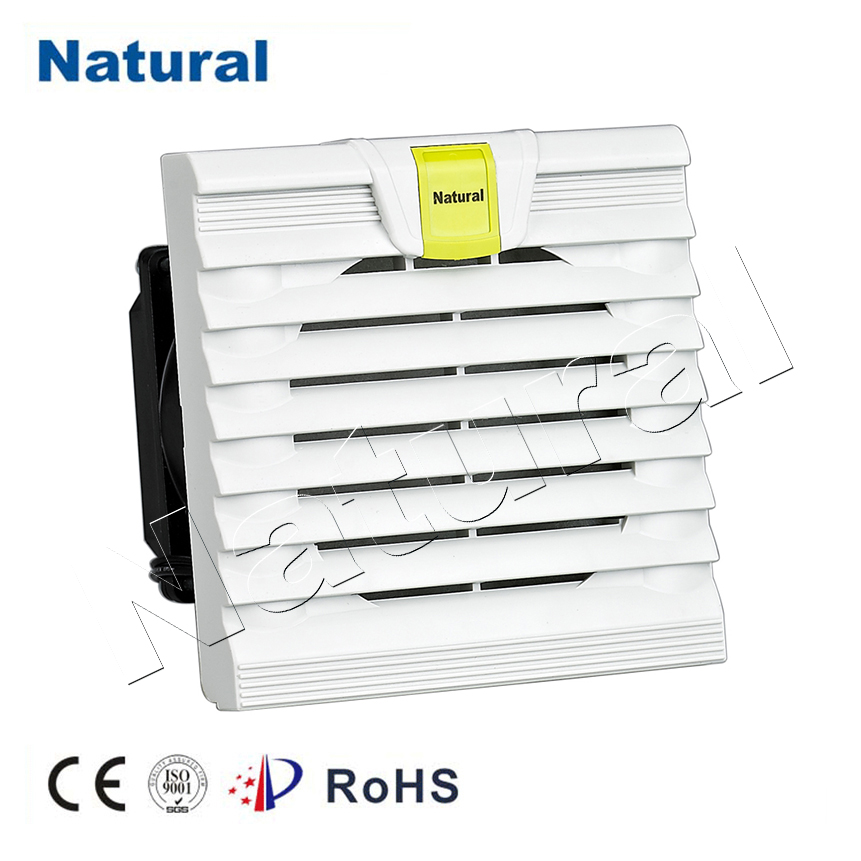In today’s world, where technology is deeply integrated into nearly every aspect of our daily lives, ensuring the longevity and efficiency of electrical and electronic equipment is paramount. One crucial component that plays a significant role in this is the cabinet filter fan. Whether it’s for industrial control panels, server enclosures, or electrical cabinets, filter fans are vital in protecting sensitive equipment from the damaging effects of temperature and dust. This article explores the importance of cabinet filter fans, their working principle, and why they are essential for maintaining optimal performance in various industries.

What is a Cabinet Filter Fan?

A cabinet filter fan is a device used to regulate the temperature inside an electrical or electronic enclosure by ensuring the air circulating within it remains clean and cool. It combines the functionality of a fan with a filter element to prevent dust, dirt, and other contaminants from entering sensitive equipment while simultaneously dissipating heat to maintain an ideal operating temperature. The filter fan typically mounts on the exterior of the cabinet, with the fan drawing in fresh air through the filter to cool the internal components. How Does a Cabinet Filter Fan Work? The working principle of a cabinet filter fan is relatively straightforward. The fan inside the unit pulls in ambient air from the environment through a filter. The filter helps to capture dust, debris, and other particulate matter, preventing them from entering the enclosure and causing damage to delicate components such as circuit boards, processors, and wiring. Once the air has been filtered, it is directed into the cabinet, where it circulates to cool down the electronic components, preventing overheating.
